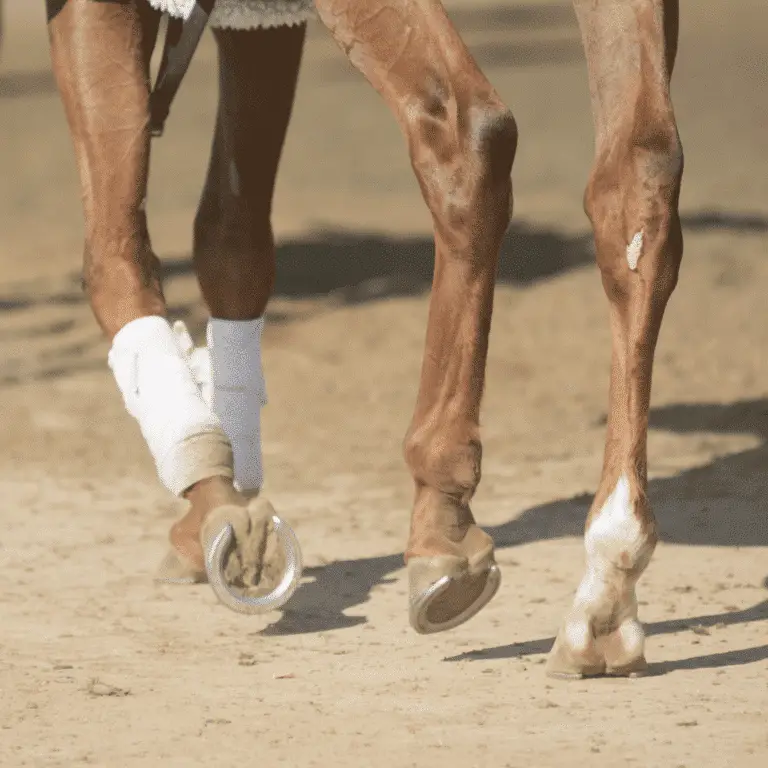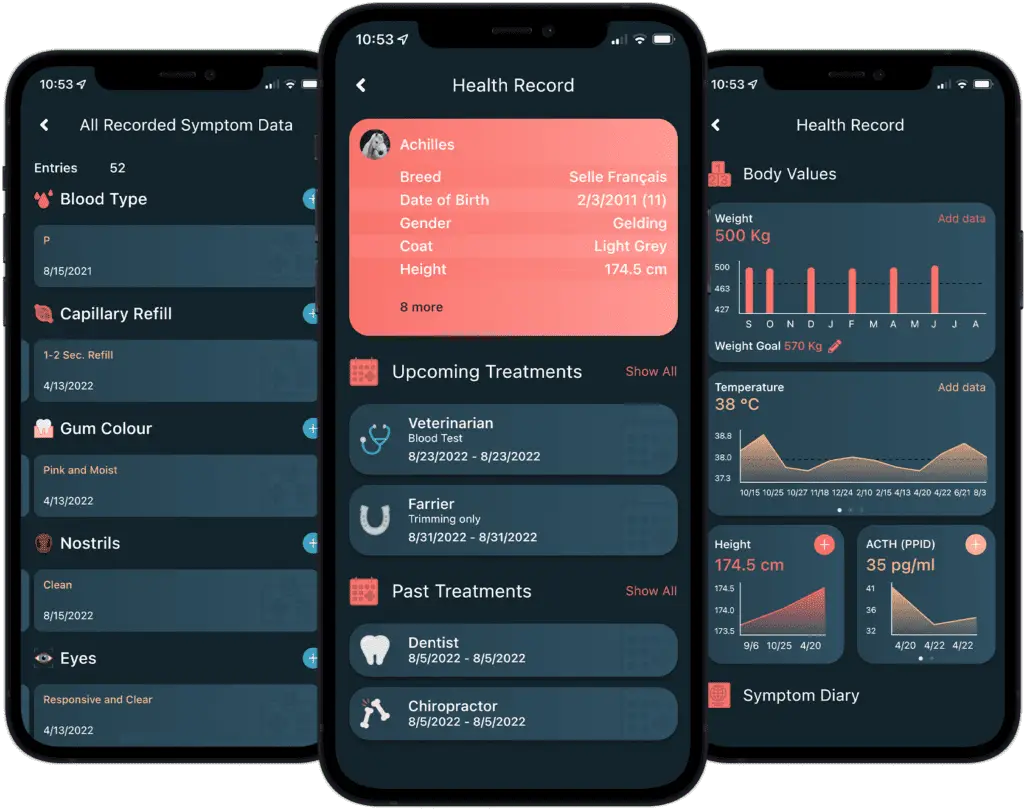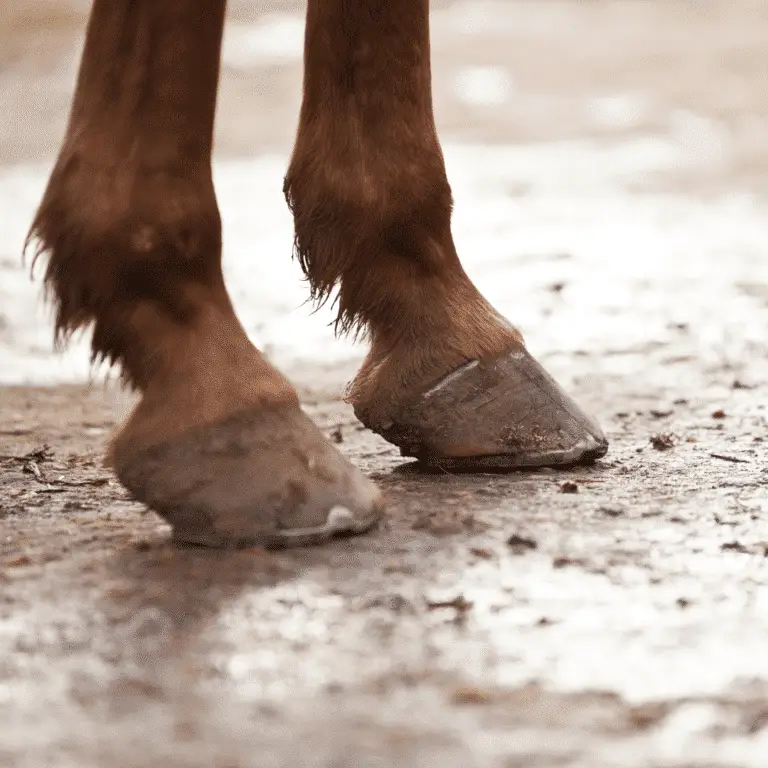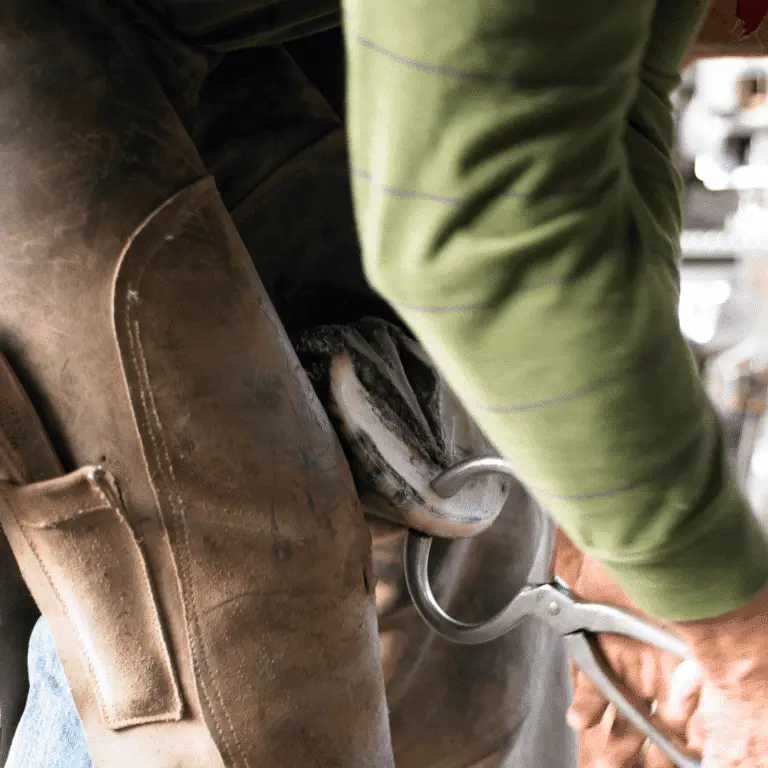
Heel Bulb Laceration
Heel Bulb Laceration in Horses Seek veterinary advice before applying any treatment. Lacerations of traumatic origin that occur in the

Seek veterinary advice before applying any treatment.
Sometimes referred to as inflamed pedal bone, pedal osteitis can either be non-septic or septic. Non-septic pedal osteitis is generally associated with chronic sole bruising. Pedal osteitis is a radiographic finding of demineralization of the solar margin of the distal phalanx, commonly associated with widening of vascular channels near the solar margin. Although the term is usually used to describe changes in the dorsal distal (toe) solar margin, it can be used to describe bone resorption of any aspect of the solar margin of the distal phalanx. The bony resorption usually occurs due to chronic or repeated pressure and/or inflammation of the affected region.
Resorption in the toe region commonly occurs in chronic laminitis cases in which displacement of the distal phalanx results in inadequate sole depth between the ground surface and solar margin of the distal phalanx, resulting in chronic trauma and inflammation of that region of the phalanx and surrounding soft tissue.
Treatment of the underlying cause is paramount in halting and perhaps reversing the condition. Common therapies include non-steroidal anti-inflammatory drugs, therapeutic shoeing and/or trimming including padding. Removal from work, combined with therapy, will speed the healing process. In some cases, the horse may not be able to return to work.
Early detection of any symptoms that could lead to pedal osteitis is the best prevention. Awareness of the horse’s working environment and the concussive nature of the work load can inform decisions about work load time-off. The feet should be checked often, and any bruising or puncture wounds taken seriously and cared for immediately.

Digital health management offers numerous benefits in modern equine healthcare.
With the Happie Horse App, you can track symptom patterns and body values, such as Temperature, Pulse and Respiration. Allowing you to notice abnormal changes in body and behaviour early on, leading to more successful treatments.
The Happie symptom checker allows you to add all of your horse’s abnormal symptoms in order to present potential causes and diseases.

Heel Bulb Laceration in Horses Seek veterinary advice before applying any treatment. Lacerations of traumatic origin that occur in the

Equine Keratoma (Hoof Tumor) Seek veterinary advice before applying any treatment. A keratoma is a rare benign tumour of the inner layer

Hoof Abcess in Horses Seek veterinary advice before applying any treatment. A hoof abscess describes a painful build-up of purulent